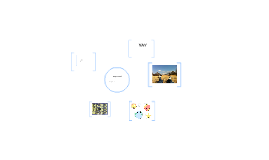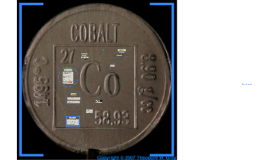Super cool Prezi!
Transcript: http://www.perseus.tufts.edu/Olympics/sports.html Sport and Society in Ancient Greece - Mark Golden Egypt This was a 5-event combination of discus, javelin, jumping, running and wrestling. References http://en.wikipedia.org/wiki/Senet http://www.touregypt.net/featurestories/games.htm http://www.ancientegyptianfacts.com/index.html Games of the ancient egyptians-raymond binder Greece Ancient Egyptians practiced sports in order to keep well and slim. The picture represents an equilibrium of two players opposite each other standing on their heels, their bodies stretched in a slanting position while holding hands with two other players. The four players turn round and round while maintaining their positions in perfect equilibrium and harmony of movement. The javelin was a man-high length of wood, with either a sharpened end or an attached metal point. It had a thong for a hurler's fingers attached to its center of gravity, which increased the precision and distance of a javelin's flight. Riding The course was 6 laps around the track (4.5 miles), and there were separate races for full-grown horses and foals. Jockeys rode without stirrups. Chariot Racing The ancient Greeks considered the rhythm and precision of an athlete throwing the discus as important as his strength. The discus was made of stone, iron, bronze, or lead, and was shaped like a flying saucer. Sizes varied, since the boys' division was not expected to throw the same weight as the mens'. There were both 2-horse chariot and 4-horse chariot races, with separate races for chariots drawn by foals. Another race was between carts drawn by a team of 2 mules. The course was 12 laps around the stadium track (9 miles). Weightlifting was one of the sports known by the ancient Egyptians. One method of weightlifting was the attempt to lift a heavy sack of sand with one hand (clean and jerk lift) and keep it high in a quasi-vertical position. The player had to stay in that position for a short period. This is one of the rules of weightlifting applied till now. Athletes used lead or stone jump weights (halteres) shaped like telephone receivers to increase the length of their jump. The halteres were held in front of the athlete during his ascent, and forcibly thrust behind his back and dropped during his descent to help propel his body further. There were no weight classes within the mens' and boys' divisions; opponents for a match were chosen randomly. There were no weight classes within the mens' and boys' divisions; opponents for a match were chosen randomly. Instead of gloves, ancient boxers wrapped leather thongs (himantes) around their hands and wrists which left their fingers free. Boxing There were 4 types of races at Olympia. The stadion was the oldest event of the Games. Runners sprinted for 1 stade (192 m.), or the length of the stadium. The other races were a 2-stade race (384 m.), and a long-distance run which ranged from 7 to 24 stades (1,344 m. to 4,608 m.). Pentathlon Ancient boxing had fewer rules than the modern sport. Boxers fought without rounds until one man was knocked out, or admitted he had been beaten. Unlike the modern sport, there was no rule against hitting an opponent when he was down. Only wealthy people could afford to pay for the training, equipment, and feed of both the driver (or jockey) and the horses. As a result, the owner received the olive wreath of victory instead of the driver or jockey. Like the modern sport, an athlete needed to throw his opponent on the ground, landing on a hip, shoulder, or back for a fair fall. 3 throws were necessary to win a match. Biting was not allowed, and genital holds were also illegal. Attacks such as breaking your opponent's fingers were permitted. One of the most popular indoor activities was a board game known as senet. (houses) of three rows of 10 squares. Pieces of the opposing sides were distinguished by their size, color or shape. Each opponent usually had seven pieces. Moves were determined by throwing sticks, or "astragals (knuckle-bones). The object was to move the pieces around a snaking track to the finish, landing on a number of specially marked squares representing good or bad fortune. Senet, which means "passing" became so popular it took on religious significance. This is an ancient Egyptian game in which two players compete in pulling the hoop swiftly. Each contestant fixes a hooked staff to hinder any snatch of the hoop by the other player. This game needs sharp physical maneuvers and strict observation, particularly because the hooked staff is used both to pull the hoop and support it from falling flat on the floor. Equestrian events Ancient Egyptians practiced field and track sports such as the high jump. Two players sat opposite each other with legs stretched, with one player's feet on top of the toes of the other. If the third player managed to jump over that barrier, the two sitting players placed their palms on top of their feet to heighten the barrier which the third

















